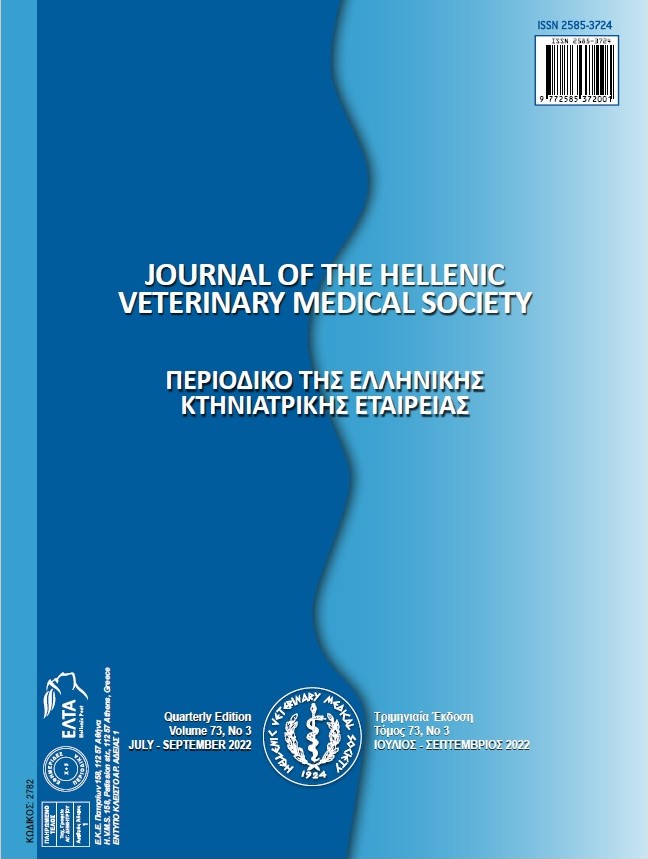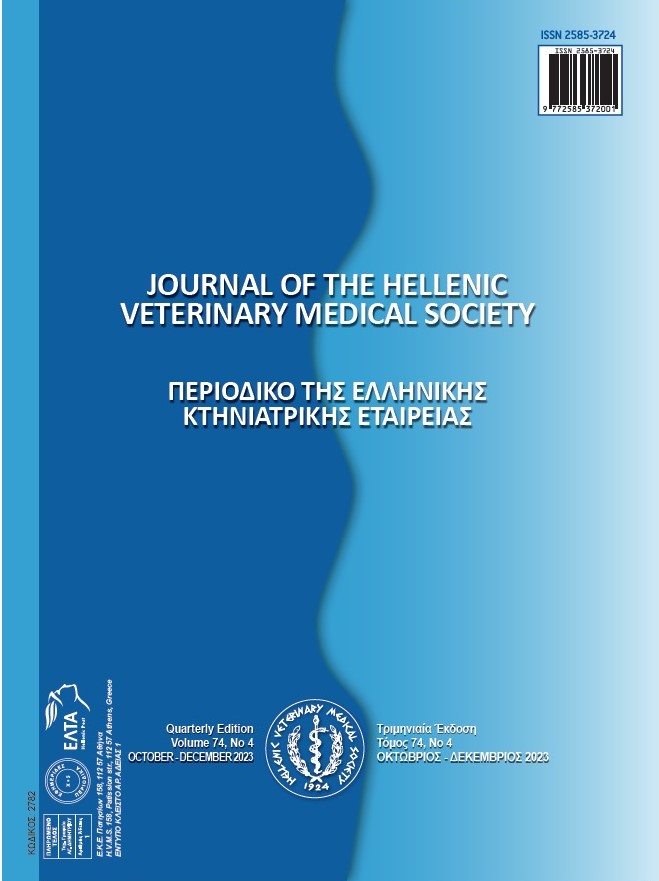Determination of Bioactivity and Antimicrobial Activity of Bumblebee (Bombus terrestris L.) Brood Cover Wax Material

Abstract
Bumblebee (Bombus terrestris L.) is a bee race that take part in pollination. It is though Bumblebee (Bombus terrestris L.) is only used in pollination. But, it is not only take part in pollination, it provide to produce different products. Nest cover wax material is a kind of bee product that produced by Bumblebee (Bombus terrestris L.). Although it is considered to be waste, nest cover wax material is an important hive product with its antioxidant and antimicrobial activities. In this study, Bumblebee nest cover wax material was produced under laboratory conditions in a controlled manner. Biochemical characterization of nest cover wax material obtained from five different colonies was performed and antimicrobial activities were determined. Accordingly, it was determined that the total phenolic content of the samples ranged between 3.778±0.165 and 9.504±0.353 mg GAE/g. In addition, it was observed that the samples were rich in p-coumaric acid, luteolin, quercetin, t-sinnamic acid, chrysin and pinocembrin components. It was determined that nest cover wax material, which also showed antimicrobial activity, had nearly equivalent activity to beehive products such as honey, pollen and bee bread. The data obtained show that nest cover wax material will be an alternative product for apitherapy applications.
Article Details
- How to Cite
-
Erkan, C., Kara, Y., Keskin, M., Ertürk, Ö, Gösterit, A., & Kolaylı, S. (2022). Determination of Bioactivity and Antimicrobial Activity of Bumblebee (Bombus terrestris L.) Brood Cover Wax Material. Journal of the Hellenic Veterinary Medical Society, 73(3), 4485–4492. https://doi.org/10.12681/jhvms.27497
- Issue
- Vol. 73 No. 3 (2022)
- Section
- Research Articles

This work is licensed under a Creative Commons Attribution-NonCommercial 4.0 International License.
Authors who publish with this journal agree to the following terms:
· Authors retain copyright and grant the journal right of first publication with the work simultaneously licensed under a Creative Commons Attribution Non-Commercial License that allows others to share the work with an acknowledgement of the work's authorship and initial publication in this journal.
· Authors are able to enter into separate, additional contractual arrangements for the non-exclusive distribution of the journal's published version of the work (e.g. post it to an institutional repository or publish it in a book), with an acknowledgement of its initial publication in this journal.
· Authors are permitted and encouraged to post their work online (preferably in institutional repositories or on their website) prior to and during the submission process, as it can lead to productive exchanges, as well as earlier and greater citation of published work.




